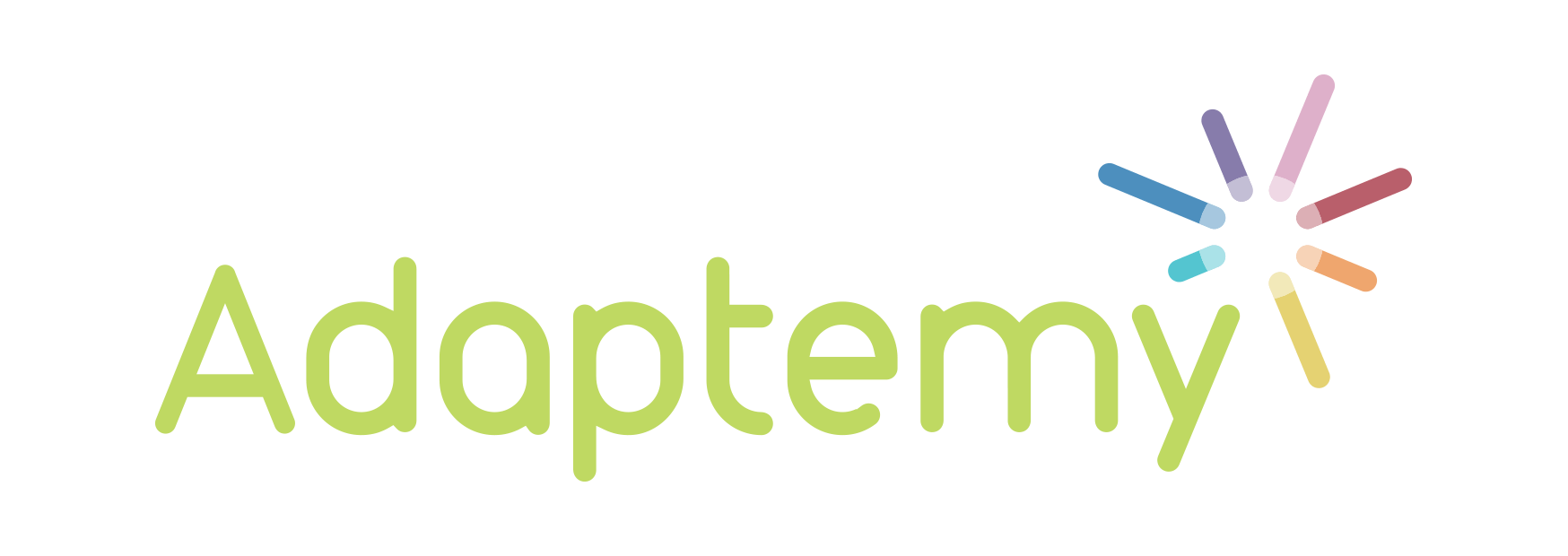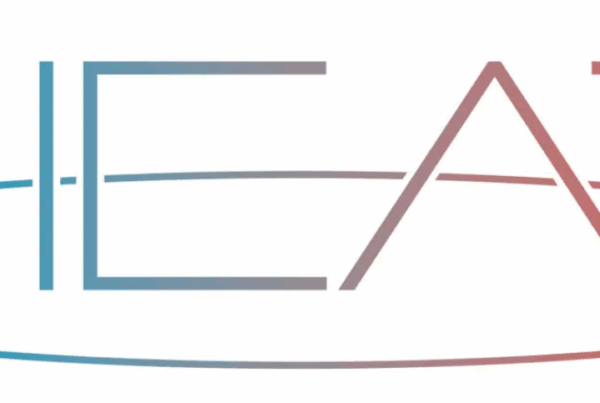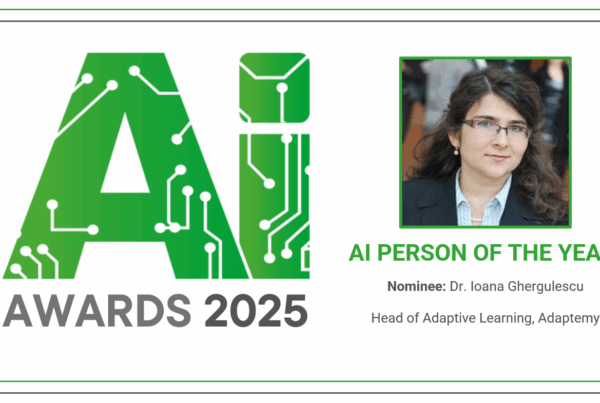
For such a young industry, the number of misconceptions, rumours and myths circulating throughout the publishing industry about adaptive learning is astonishing.
In this article, we look at three of the most popular myths and offer some much-needed facts to help you make a more informed decision.
Myth 1: Adaptive Learning products are only good for maths
Learning maths is linear. Traditionally, a learner must grasp addition and subtraction before moving on to multiplication.
Approaches to learning languages are cyclical and layered, following the spiral of interleaved practice. This approach builds knowledge gradually, supplying a little at a time. It would, after all, be inconceivable and impractical to learn all the words and all the grammar rules before having a conversation in French.
The false assumption is that adaptive learning products are also (only) linear, incapable of following the spiral of language learning. The truth is, an adaptive engine built using Bayesian probability can accommodate such nuances. Such engines allow for subtle inferences about what is known and not known by the user. The technology is highly adaptive, not only to the student and subject, but to the learning path too.
And adaptive learning solutions are proving valuable not just because they can adapt to the learning path, but for their ability to immerse a learner in multidimensional material and offer fast and responsive feedback.
Myth 2: The market is still maturing. It’s safer to wait until proven solutions are available.
Yes, the market is maturing at lightning speed. New research is constantly emerging, informing technological advancements and approaches to learning that we continue to apply to our solutions. But adaptive learning is no longer in it’s infancy.
Copious evidence already exists to support the use of adaptive learning. It positively impacts learning outcomes and experiences, and its creators are committed to improving the technology to continually secure incremental gains.
Our solution is delivering an 8% grade improvement per 5 minute lesson. That’s a 24% grade improvement in 2-3 sessions.
And the truth is, a publisher that capitalises on this new opportunity now, takes advantage of gaps in the market and gains in marketshare.
One Adaptemy client, Folens Publishers, keen to monetise a digital solution, selected adaptive learning because the increased learning effectiveness made their product a compelling premium digital offering, not just another digital freebie. Now, they have a stronger offering to schools and a clear point of differentiation.
Another, Spain’s Aula Planeta, is integrating adaptive learning technology into a innovative learning programme for the Spanish private school market. Addressing a strong demand for 21st century education, the company surpassed its sales targets and is on track to hit its 2020 revenue goals. Can you afford to wait?
Myth 3: Introducing adaptive learning is a huge project that will exhaust my staff and deplete my revenues
Adaptive learning solutions can be huge projects and they can exhaust your staff and deplete your revenues. But they don’t have to be.
Choose your adaptive learning partner carefully. Choose a team that understands the classroom, the technology and the publishing marketplace too. Look for a partner that is as invested in your success as they are their own. In other words, a partner who is just that: a partner.
Adaptemy solutions can reach the marketplace in just three months because we use robust project roadmaps, effective authoring tools and build frameworks that deliver proven success. That, along with our experienced team, ensures projects are fast, fruitful and fully supported.
Adaptemy is successfully guiding publishers across the globe to profitably adapt their content for the evolving digital classroom. To find out more, please get in touch.





